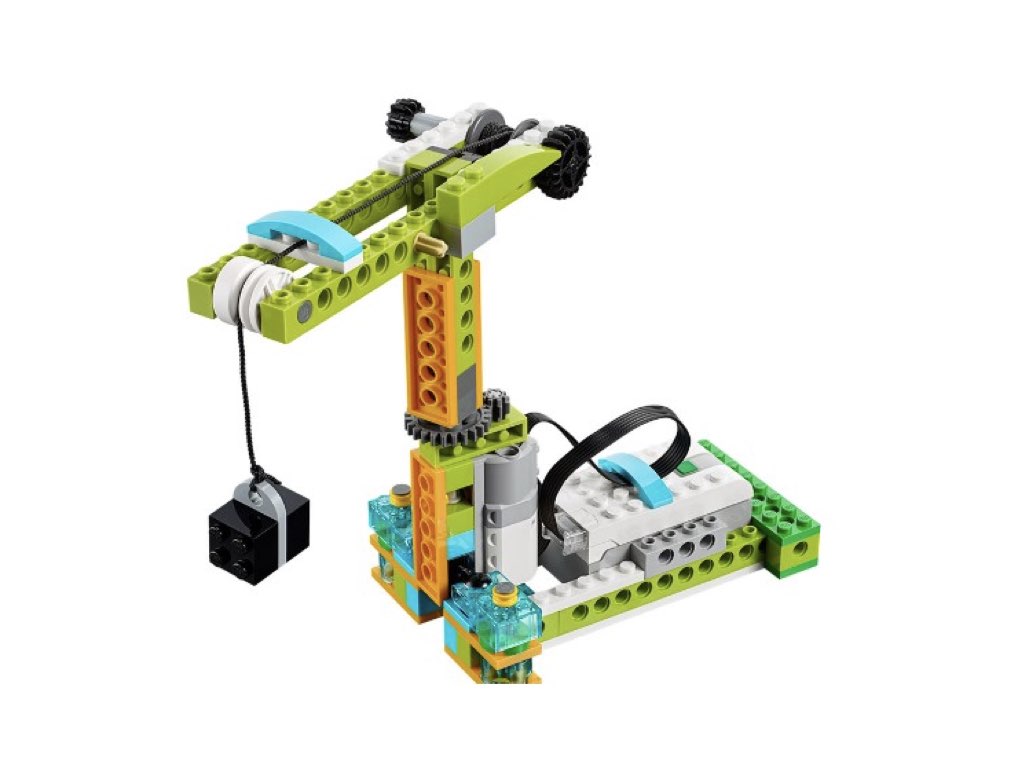

Curlybot: Designing a new class of computational toys. Thousand Oaks, CA: SAGE Publications Inc.įrei, P., Su, V., Mikhak, B., & Ishii, H. Research and design: Qualitative, quantitative, and mixed methods approaches (4th ed.).

Journal for Research in Mathematics Education, 38(2), 136–163.Ĭreswell, J. Effects of a preschool mathematics curriculum: Summative research on the building blocks project. Electronic Journal of Computer Science and Information Technology (eJCSIT), 3(1), 31–39.Ĭlements, D. GUI versus TUI: Engagement for children with no prior computing experience. Constructing grounded theory: A practical guide through qualitative analysis. Greenwich, CT: Information Age Publishing.Ĭharmaz, K. J.īerson (Eds.), High-tech tots: Childhood in a digital world (pp. Tangible programming in early childhood: Revisiting developmental assumptions through new technologies.

Designing digital experiences for positive youth development: From playpen to playground. Early Childhood Research and Practice, 12(2).īers, M. The TangibleK robotics program: Applied computational thinking for young children. New York, NY: Teachers College Press.īers, M. Blocks to robots: Learning with technology in the early childhood classroom. In CHI’04: CHI’04 extended abstracts on Human factors in computing systems (pp. Designing tangible interfaces for children’s collaboration. Mahwah, NJ: Lawrence Erlbaum Associates.Īfricano, D., Berg, S., Lindbergh, K., Lundholm, P., Nilbrink, F., & Persson, A. Resnick (Eds.), Constructionism in practice: Designing, thinking, and learning in a digital world (pp. Perspective-taking and object construction. Implications for best practices when introducing programming in early childhood settings are discussed.Īckermann, E. The findings show little association between user interface and programming comprehension, although there may be an order-affect when introducing user interfaces. A mixed methods data collection approach was employed, including qualitative observational data from the classrooms, as well as quantitative mid- and post-test assessments of students’ programming knowledge using CHERP. Thirty-five Kindergarten students participated in a 9-week robotics curriculum using the LEGO WeDo robotics construction kit and the Creative Hybrid Environment for Robotic Programming (CHERP) programming language. This study aims to explore how successfully young children master foundational programming concepts based on the robotics user interface (tangible, graphical, hybrid) taught in their curriculum. However, limited studies have focused on differentiated learning outcomes based on type of programming interface. In recent years, educational robotics has become an increasingly popular research area.


 0 kommentar(er)
0 kommentar(er)
